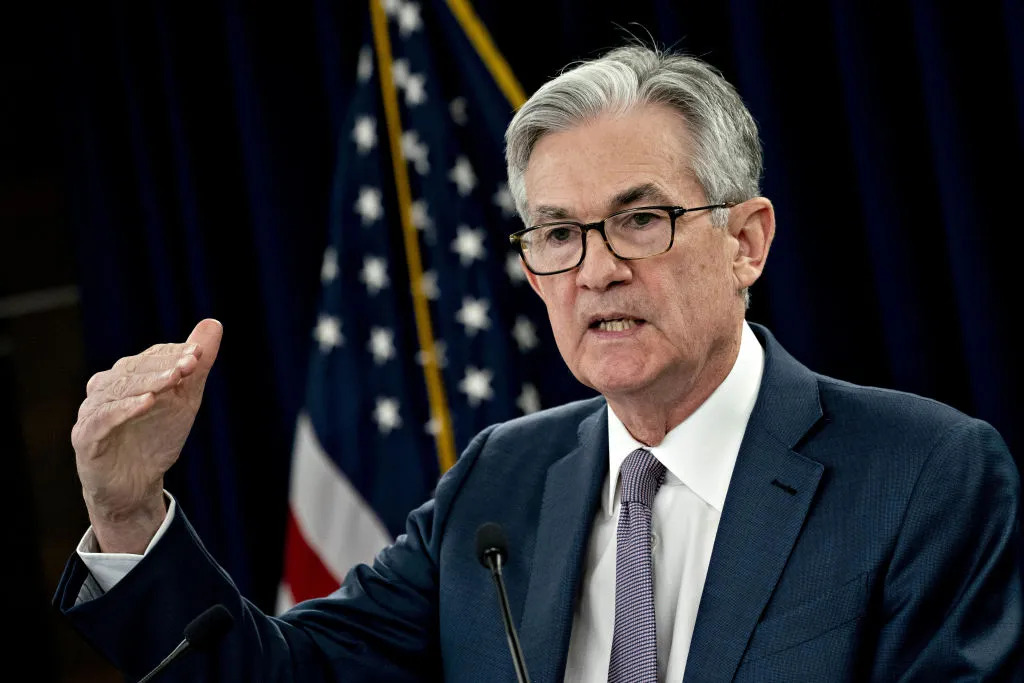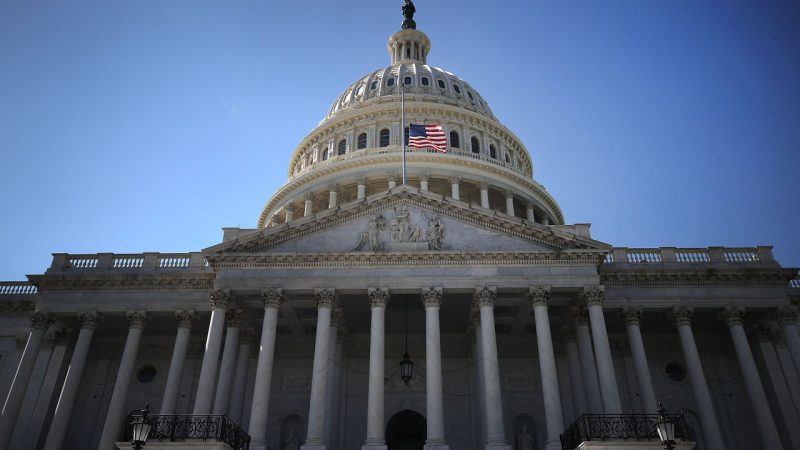In what is a vital development for the US economy, inflation has fallen to 3.1% today. Indeed, the decrease is higher than many expected. Yet, the drop is still a noticeable difference from December’s 3.4% inflation rate reported at the tail end of 2023.
The January Consumer Price Index (CPI) remains one of the most important over the last year. Specifically, the data provided should have important ramifications for the Federal Reserve’s decision regarding interest rates. Many expect an interest rate cut to take place in the next several months, with these figures greatly informing that decision.
Also Read: Federal Reserve Keeps Interest Rates Unchanged to Start 2024
US Inflation Falls Below 3% for First Time Since 2021
Over the last several years, the United States economy has struggled mightily to fend off its increasing inflation. The Federal Reserve has instituted a year-long interest rate increase. Subsequently, the tightening campaign was the integrated tactic to return that inflation rate to the Central Bank’s 2% target.
Now, that activity has seemingly paid off in the first inflation report of the new year. Indeed, US Inflation has fallen to 3.1% for January. Additionally, that decrease is higher than expected. Specifically, predictions had called for inflation to fall below 3% for the first time since 2021.


Also Read: Federal Reserve to Take ‘Slow and Steady’ Approach to CBDC, Says RBC
In December, those figures arrived at 3.4%, showing progress in the ongoing inflation fight. This could have massive ramifications, however, as it may be a catalyst to drive the Fed to finally institute interest rate cuts that many expect to happen within the next several months. Although the figure is still far from Central Bank Officials’ 2% target, the decline may be optimistic enough to encourage cuts at the next policy meeting.
To start 2024, the Federal Reserve opted to leave interest rates unchanged. Moreover, they did not signal when interest rate cuts would arrive, only assuring that they were considering such cuts. The markets have predicted May as the likely starting point of those cuts, but the January data could reignite the possibility of the cuts to begin in March.





